Death, Growth and Payments: My 18 months as a Rotational Product Manager
My experience as part of Facebook's Rotational Product Manager (RPM) program.

Two years ago, I joined Facebook as a Rotational Product Manager (RPM). This is a role designed for people new to product management, and it offers them the chance to rotate through three teams across Facebook (the company) over an 18 month period.
This experience changed the trajectory of my life and career. It’s also an experience I get a lot of questions about. Today, I want to share the story of my 18 months as an RPM, my three rotations and the lessons I learned along the way.
For those interested, applications for the RPM program open on July 26th and we’re hiring for our offices in Menlo Park, Seattle, New York and London. I wrote about my 4-year journey to the RPM program here.
I’m also writing a short guide that shares all of my application, resume and interview advice for the program. If this sounds useful, reply to this email. If you’re reading this on the website, subscribe below and respond to the welcome email.
Finally, this won’t be a short article — I’d like to tell you the full story, so you really understand what being an RPM is like. Alright, let’s do it.
👍 Ramping Up
After 5 months of backpacking through Asia with my girlfriend, I relocated from Vancouver, Canada, to Menlo Park, USA.
On my first day, I arrived at 1 Hacker Way, Facebook’s global headquarters, with a sense of wonder. People zipped around on bikes, gathered in courtyards eating free breakfast and sipped smoothies on their way to meetings.
Over the first four weeks, this sense of wonder remained. We had some training around engineering, data science and product basics. But more importantly, we had time to get to know our managers and the rest of our cohort of RPMs.
My manager was an awesome, extremely experienced PM named Matt. We hit it off, and I remember pouring out my life story to him on Day 1. He would be my manager for the full 18-month program, helping me grow my career and improve as a product manager.
If I could use one word to describe my cohort of fellow RPMs, it would be impressive. These people had impeccable credentials and really great personalities. We spent time ramping up together and exploring the Bay Area — including a winery trip to Sonoma, hikes near Sausalito and happy hours in San Francisco.
It soon came time to jump into our first rotations. Before we joined Facebook, the RPM program director sent us all an email and asked us what we were interested in working on. These would inform our first rotations. Here’s the list I shared:
On my second last day of training, I woke up to a post in an internal group with the title “R1 RPM Rotations for H2 2019”. I fumbled with my phone to open it up.
I scrolled down and found my name next to a project called “Profile Memorialization/Supporting the Bereaved on Facebook.” I’m a little embarrassed to admit it, but my immediate next action was googling the word “bereaved”.
💐 Rotation 1: Death 101 and learning the game
A few days later, I officially started my first rotation on Facebook’s Memorialization team. This team tackled an incredibly important problem: creating positive experiences (and minimizing negatives ones) for the bereaved on Facebook.
Training had given me a rough idea of where I should start: have 1:1s with all of my teammates, understand how I can start adding value and speaking with my manager about where I can have the most impact.
But nothing could prepare me for my second day of work. My team had two user researchers — people with incredible academic backgrounds who help to understand the qualitative nuance of building in specific spaces. They had organized a session for me that they called, “Death 101”.
We spent two hours going through the latest research on death online, where people seek comfort during bereavement and how our products fit into their journey.
It was heavy. But it impressed on me the importance of what the team was doing.
The first six weeks were dedicated to understanding the team, our products and my role on the team. My manager on this rotation was a veteran PM who was exceptionally strong in creating direction in an ambiguous area. She eased me into the role by allowing me to shadow her in a few meetings, letting me ask any question (no matter how dumb) and sharing her views on where the team could go.
From this rotation, one of the items that really stuck with me was my manager’s definition of the product manager’s responsibility:
Product managers decide what game we’re playing and how we’re playing it.
Succinct and to the point, it helped me understand that I needed to know “which game” before making rash decisions on how to play it.
After six weeks on the team, I was able to start driving new projects rather than supporting existing ones. This started with a brainstorm around a new team strategy that the leadership team had been discussing for a while.
From here, we voted on the ones with the highest impact to effort ratio. We came to a great shortlist of a few ideas.
I took these ideas back and decided to work with relevant people to scope them out. If it was a design-heavy project, for example, I worked with our designer to define it. This led us to define some initial product briefs — documents that outline the goal of a product, the details of what we would build it and how we’ll measure success.
Midway through the six months, I felt like a true part of the team. I led our weekly meetings, worked with engineers on features and was accountable for deliverables. At this moment I felt like I understood the broad strokes of the role.
I was also beginning to think more about our strategy. While I inherited a charter, my research into “what game we’re playing” led me to conversations with our leadership team to understand how our team was in line with the broader Facebook strategy.
I struggled to manage these strategy explorations with the day-to-day execution (project management, feature definition, communication). I felt like I needed to be involved with every detail of the project for it to succeed. I eventually realized this was unsustainable and began to loosen my attachment to any individual feature to think about the direction for the next six months after I left
As my time on the team was coming to an end, I thought about what else I wanted to learn at Facebook. Being a cult follower of Chamath Palihapitiya, I knew that I wanted to spend some time working on a consumer growth team at Facebook. Facebook is best known for the growth PM archetype— moving incredibly fast, being analytical and scaling things internationally. I knew I’d kick myself if I left Facebook without learning this skill set.
For your second and third rotations as an RPM, teams submit projects and RPMs are encouraged to speak to these teams to find a good fit. I spoke to about 10 teams, all of whom were hiring an RPM to focus on growth. Eventually, I landed on a team with insane growth, a great manager and an even stronger PM culture: Facebook Watch.
Lessons from Memorialization
The role of a product manager is to decide what game your team is playing and how you’ll play it
Stepping back from the day-to-day is critical in order to think about long-term strategy
Give yourself enough time to understand the nuances of your space before pushing new initiatives
I wrote a whole article on specific product lessons I learned from memorialization.
If you’ve made it this far, you may enjoy my newsletter Product Life. Join thousands of product managers who are growing their careers by subscribing below:
📈 Rotation 2: Growth, Covid Surge and Execution
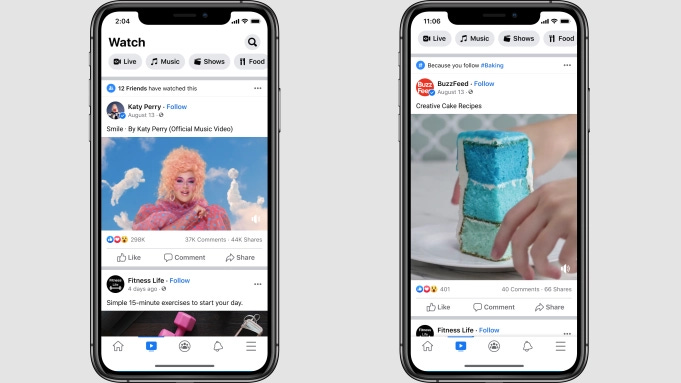
Watch was growing at a dizzying pace. It felt like every month we were passing an insane new milestone. I was keen to jump in and learn how to develop my execution skills, my knowledge of growth principles and my ability to use data.
My area of ownership was Activation — getting new people to try Watch and become active users.
In Memorialization, the goals were hard to define which made product intuition the key area to develop. This was the opposite of Growth: the goal extremely well-defined (“get more users”) and it was all about how we would do that.
From day 1, my role was to understand which users were the most important to activate (“what game we’re playing”) and how we would activate them (“how we’ll play it”). This may sound simple, but at Facebook’s scale, there are thousands of cohorts, billions of data points and limited time/resources to have an impact.
Fortunately, Watch had an incredible group of product managers who I could spend time with and learn from. My manager was a rockstar PM who excelled in driving execution across a broad portfolio — the exact skill set I wanted to develop during my time on Watch.
I also benefitted a lot from time with our Growth lead. He was an MIT physicist turned McKinsey consultant turned growth product manager extraordinaire. He shared a lot of practical advice around navigating my career.
I learned that being a growth product manager is about making changes in the product that increase its discoverability, engagement, retention or monetization. These changes make up a portfolio of two types of projects: short-term, incremental tactics and long-term, habit-changing products.
I started on the former. These involved defining features, working with design to determine the experience, supporting engineering as they built it and working with analytics to review the experiment results. I was shocked at how fast this cycle would move. For some projects, it went from idea to public launch in 4-6 weeks. And these weren’t all minor changes - sometimes they would bring millions of new people into the product every day.
The long-term bets, however, required partnerships with other parts of the company. One, for example, was working closely with the Facebook News Feed team to identify long-term opportunities to boost the discoverability of videos in the feed. This involved more strategy alignment, escalating areas where we did not have consensus and then collaborating on a bigger project.
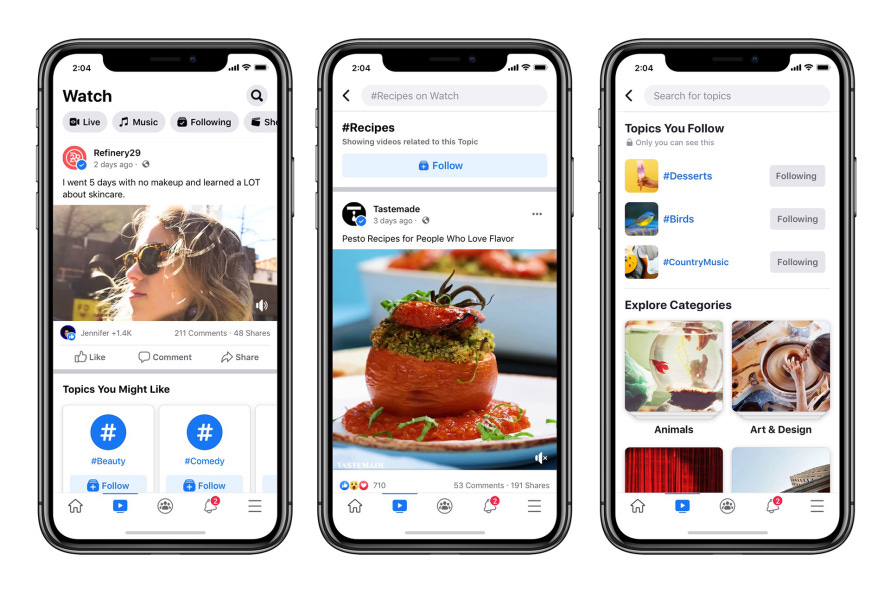
In the middle of my rotation, the first wave of COVID-19 lockdowns started to sweep the world. With people stuck at home, more people were spending time on enjoying videos on Facebook.
The area I was responsible for, activation, saw a huge surge. But with the surge upon us we realized the need to improve our first-time user experience (FTUX) to make sure those new users came back.
I decided to lead this sprint as it was a natural extension of my scope. It involved creating a new strategy, aligning quickly with our leadership, and executing a series of brand-new features. This challenged me to grow my leadership skills and ability to tackle critical projects.
Towards the end of my rotation, I started to feel confident in my execution abilities. At this point, I wanted to find a team where I could develop my strategy skillset and work on an area I was especially passionate about.
Remember the list of teams I said I was interested in before I joined Facebook? WhatsApp Payments was #1 on the list. I did my undergraduate thesis on mobile money in Kenya and was passionate about financial inclusion.
I listened in on the WhatsApp Payments All-Hands and was impressed by one of the product leads. I sent her a message afterwards and asked her to submit an RPM project to take me on. Two months later, I joined her team to support the launch and growth of WhatsApp Payments in Brazil.
Lessons from Watch
When you’ve nailed a strong direction, you can focus on perfect execution.
Choose a team for the product managers you’ll ultimately work with. These are the people whose habits and skills you’ll adopt.
Seek opportunities to extend your scope in order to grow.
💸 Rotation 3: Money, Stakeholders and Brazil
Six days before joining the team, the Brazilian Central Bank suspended the roll-out of WhatsApp P2P to “preserve an adequate competitive environment” (source). This was my first clue into how visible and high-level the work was going to be.
At this point, I had become pretty good at ramping up. Joining the payments space, however, was a whole different animal. In addition to the product teams, there was a whole suite of roles involved. This involved:
Go-to-market teams like product marketing, partnerships, operations and customer support.
External payment companies that we were working with for the launch like Mastercard, Visa, Cielo and Nubank.
Compliance, legal and risk teams to ensure that we were following the laws, making informed policy decisions and following financial regulations like Anti-Money Laundering (AML) and Know Your Customer (KYC).
Technologists with payment expertise like partner engineers, solutions engineers, external consultancies and technical program managers.
With all these roles and the news of suspension in Brazil, my role quickly evolved into supporting the relevant moving parts to support going live again.
[While I usually try to be open with my experiences, I won’t go into as much detail given the sensitive nature of this work.]
Product management in payments was wildly different from my past two rotations. The PM in this area was more responsible than ever to build alignment, define a path forward and then lead execution on it.
Tactically, this meant that I did a lot more decision-making frameworks than I did product briefs. It also meant closer collaboration with leadership teams to make sure our strategy was coherent.
My manager in this rotation was incredible and held me to a high standard. She didn’t care if I was an RPM, she expected me to operate at the same level as the more senior PMs on her team. I appreciated this and found myself growing immensely under her mentorship.
A lot of the impact I had that half involved scaling up new teams to tackle areas of the payment stack that would be necessary to roll out the product to different markets. At times, this would mean defining strategy, targets and an execution plan for workstreams that involved 50+ people. More than anything, this decision taught me leadership and the skills necessary to coordinate large teams.
Towards the end of my rotation, we were able to land important strategies for the growth of WhatsApp Payments, scale platforms to help us meet high levels of compliance and support other payment initiatives across the company.
Lessons from Payments
I actually shared a Twitter thread with all of my specific learnings from this rotation. Have a look:
In closing
Looking back with some time to reflect, I’m so grateful for my 18 months as a Rotational Product Manager.
It really was an accelerated path to being a strong product manager. It also gave me the chance to meet great people along the way. I want to close with some of the high-level lessons I learned from my experience:
People > Area: While learning the nuances of a space is great, its ultimately your manager, teammates and mentors that will determine how fast you’ll grow.
When starting out, prioritise execution over strategy: Strategy is sexy and everyone wants to call the shots. But getting better at execution — project management, making decisions, defining features etc. — is table stakes to growing your career as a PM. Don’t neglect it!
Be proactive: This is the most important trait that has helped me get to Facebook and thrive while here. Find the opportunities that excite you, build the experiences you need and act more than you ponder.
If you’re new to Product Life, subscribe below for concise, actionable and often surprising lessons for product managers.


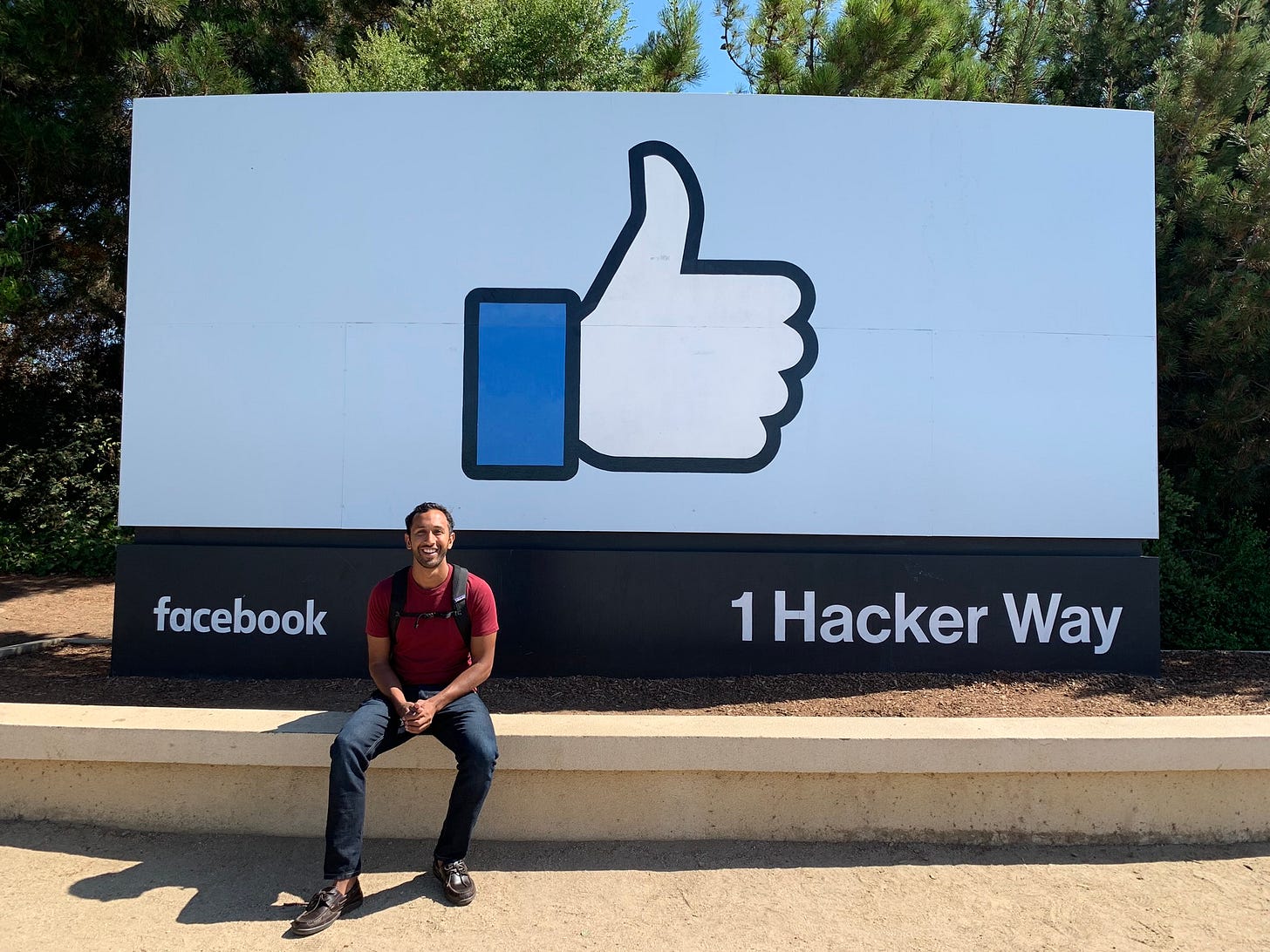

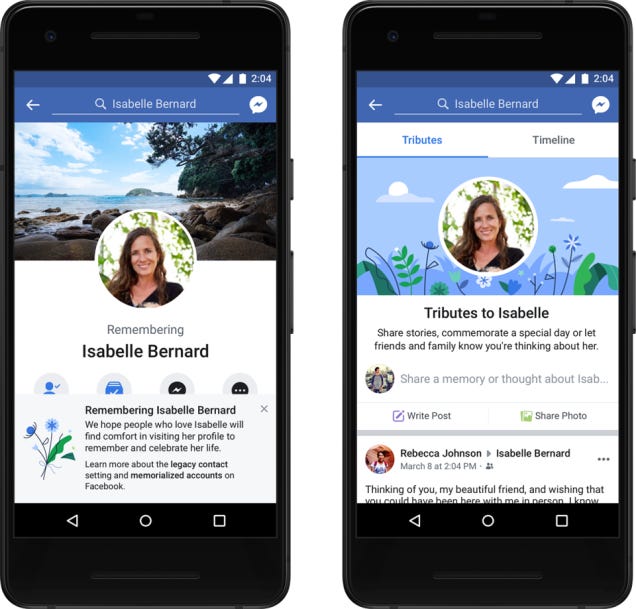
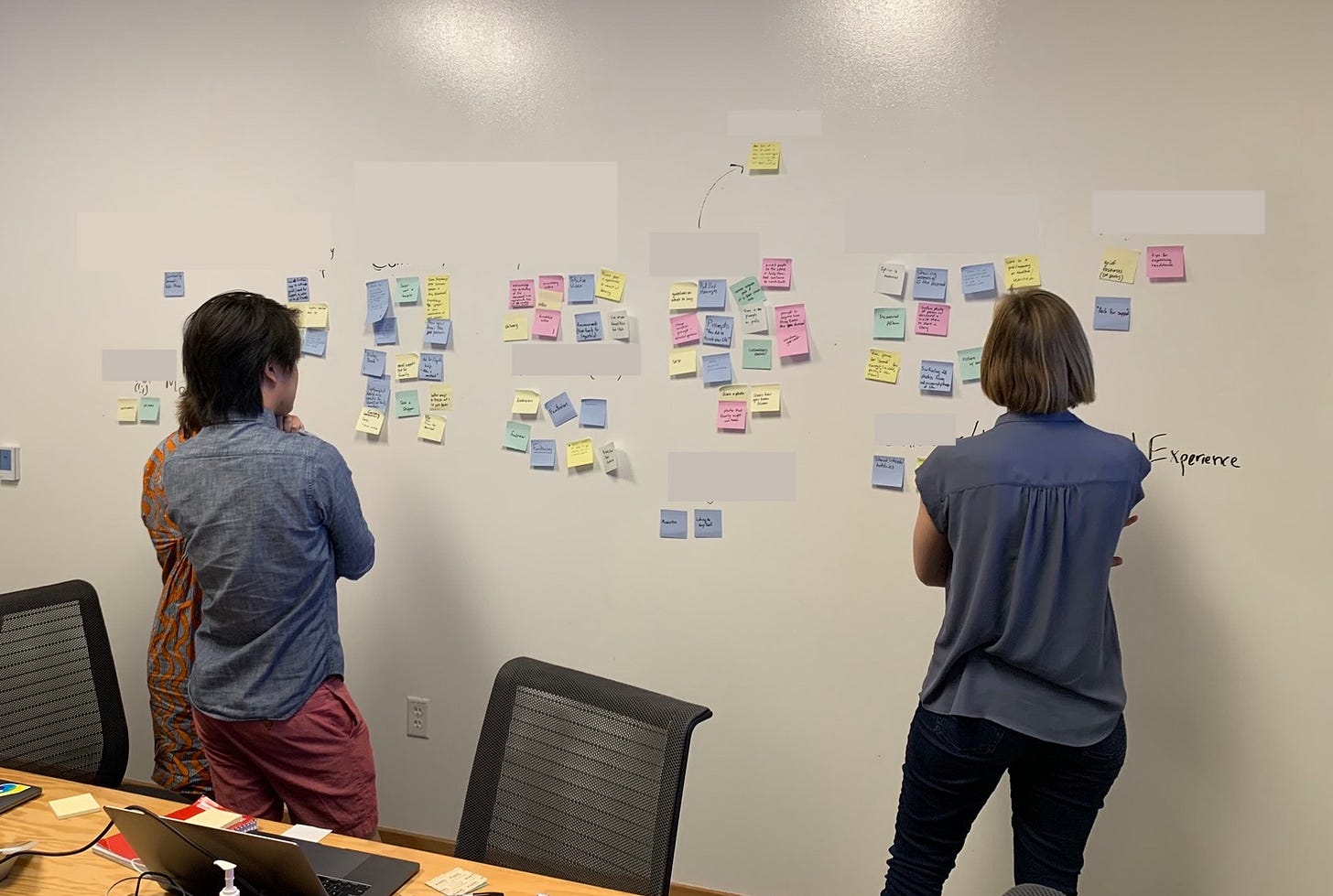


Any others programs other than RPM offered in India for the folks to get in PM? @Will
I am interviewing for RPM now Will, and this has been so helpful! I hope I get the offer and can say thank you in person! Especially for those who can't afford the $500+ courses!